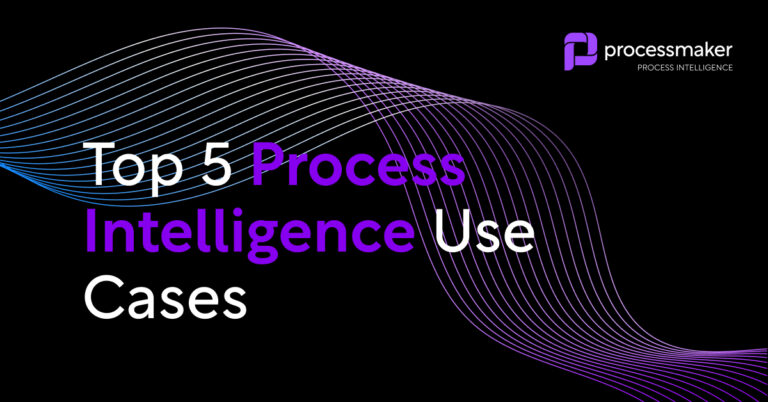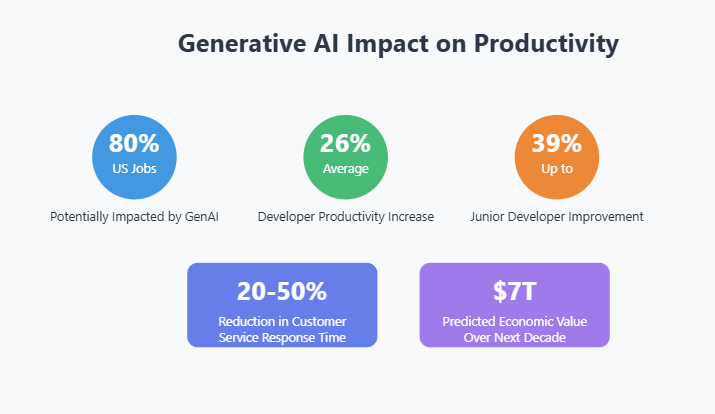Imagine a world where you have a completely digital version of yourself – an avatar that is not physically real but that acts and behaves like you in digital form. This digital twin could act like you, help you stay productive, and even help you recognize potential health issues before they are diagnosed. While this may sound like the realm of virtual reality (VR), the concept of digital twins is emerging in the real business world thanks to advances in process mining software. Digital twins are part of the broader digital transformation, fundamentally changing and optimizing business operations and models.
What are digital twins?
Digital twins are virtual representations of physical objects. The term was first used in the 1990s to describe a hypothetical computer model based on an object that could predict how that object would behave under different conditions.
It has since grown in meaning, and today it is often used to refer to any virtual model of a physical object, whether or not it uses predictive analytics. Digital twins serve as a digital model of physical objects, encompassing their functions and behaviors.
For manufacturing organizations, one core benefit of digital twins is the prediction of errors and improvement of maintenance routines. A very practical example: wind turbines can include small internet-enabled sensors to detect potential issues or predict when a certain part or system is about to fail or is coming to the end of its useful product lifecycle. Sensor data is crucial for transmitting real-time information from physical objects to their digital counterparts, enabling insights into performance, diagnostics, and optimization processes.
What is process mining?
Process mining is a method for analyzing business processes. By using process mining tools, companies can gain insight into their business processes by identifying bottlenecks, inefficiencies, and other problems that may exist within their operations. Process mining is widely used across different industries and can help business operations improve operational excellence and efficiency. A good example could be insurance firms that have large numbers of repetitive claims or transactions to process and process mining helps detect anomalies or variances from standard procedures.
Emergence of process digital twins
While the initial applications of digital twins emerged from the manufacturing and production environment – they are increasingly being seen in the context of business process management and workflow optimization. Process digital twins create a digital representation of business processes, mirroring real-world entities and their interactions. While it’s still a theoretical and emerging opportunity, you can see the combination of digital twins and process mining in the form of process digital twins. 
Digital process twins combine process mining methods and digital twins
In process digital twins:
- Data is gathered from business data objects, such as event logs and transaction data instead of physical objects such as Internet of Things (IoT) sensors.
- One main goal of process digital twins is to run scenarios and predictive analysis on changes impacting business operations. Imagine, for example, sudden inflationary pressure or supply chain disruptions.
- The main value add comes from the ability to react to market or supply conditions, rather than predict maintenance issues or repairs.
A process digital twin can be used to see and simulate how processes actually work within a business and the interactions between work, processes, and IT systems. A very practical example could be a company switching from a legacy ERP system to a cloud-based ERP. The process digital twin could help diagnose issues in the potential transformation and also highlight the advantages gained from the migration.
Four steps to build process digital twins
Step 1: Data collection – the first step is to collect process data, typically from mining event logs but increasingly also using hybrid process intelligence. This initial data collection is crucial for creating a digital twin prototype, which serves as a preliminary model before full implementation.
Step 2: Visualization – process intelligence software is then used to visualize both end-to-end processes and individual tasks. Consider this like an x-ray and MRI scan – giving you a visualization of your full system.
Step 3: Simulation – The third step is to utilize the digital process twin in simulations to forecast how changes in processes impact performance.
Step 4: Validation – Every simulation and forecast model needs to be tuned and improved, the final step in maintaining digital twins is ensuring your data model is accurate and adds value.
Potential benefits of process digital twins
The concept of process digital twins is still largely theoretical, so there are few mature and proven concepts on how they can be used. In the current maturity level, advanced process discovery can be seen as an enabler of digital twins. A few benefits of digital process twins include:
- Rapid prototyping of new processes or operations,
- Agile incremental adjustments to tasks or processes,
- Identification of new process improvement opportunities,
- Proving the benefit of major transformations, for example, migration to cloud-based ERPs,
- Validating process automation opportunities before major investments in RPA.
Process digital twins enabling process simulations
In process mining process data can be leveraged not only to analyze but also to simulate how end-to-end processes would be impacted in different scenarios. You can imagine process simulations from digital twins impacting many business operations, including:
- Finance operations – building scenarios on cash flow or working capital,
- Procurement – predicting and reacting to purchase price variation,
- Order management – analyzing and improving order processing times,
- Logistics and inventory management – predicting process impacts of seasonality,
- Supply chain management – predicting impacts of global supply chain disruptions,
- Financial planning and analysis – simulating the impact of major financial decisions and new investments.
Limitations of process digital twins
Digital twins are a potent emerging technology – but early adopters may face key challenges.
- Source data needs to be accurate and well-collected,
- Data needs to be real-time or near real-time to be relevant,
- Simulations and advanced analysis require data analysis expertise,
- Forecasts and simulations can influence but not replace business strategy.
Challenges associated with digital twins
Digital twins come with their own set of challenges that organizations must navigate. It requires high-quality data, sophisticated integration, and continuous updates. Some of the inherent challenges include:
- Data Complexity and Volume: Managing vast amounts of data generated in real-time can be daunting, requiring robust storage and processing capabilities.
- Integration with Legacy Systems: Incorporating digital twin technology often means integrating with older, existing systems which may not be inherently compatible.
- Cost Implications: Setting up and maintaining digital twins can be capital intensive, especially for small and medium-sized enterprises.
- Data Security and Privacy: Ensuring the security of data feeds and protecting against unauthorized access is paramount.
- Accuracy and Precision: A digital twin is only as good as its accuracy in representing its real-world counterpart; any discrepancies can lead to flawed insights.
Digital Twin of an Organization (DTO)
What does the future hold for process digital twins?
The research firm Gartner has described the emergence of a digital twin for an entire business organization (a DTO).
“Gartner expects that DTOs will become critical as digital business systems are increasingly reliant on continuous integration of human and machine intelligence. A DTO reflects this real-world environment with real people and machines working together, and allows users to model different scenarios, choose one and then make it real in the physical world.”
Implications for Process Excellence in Digital Transformation
It remains to be seen when DTO technology is ready for mainstream use in enterprise businesses. For now, the early adopters of process digital twin methods and applications can utilize process intelligence to advance their process excellence.





